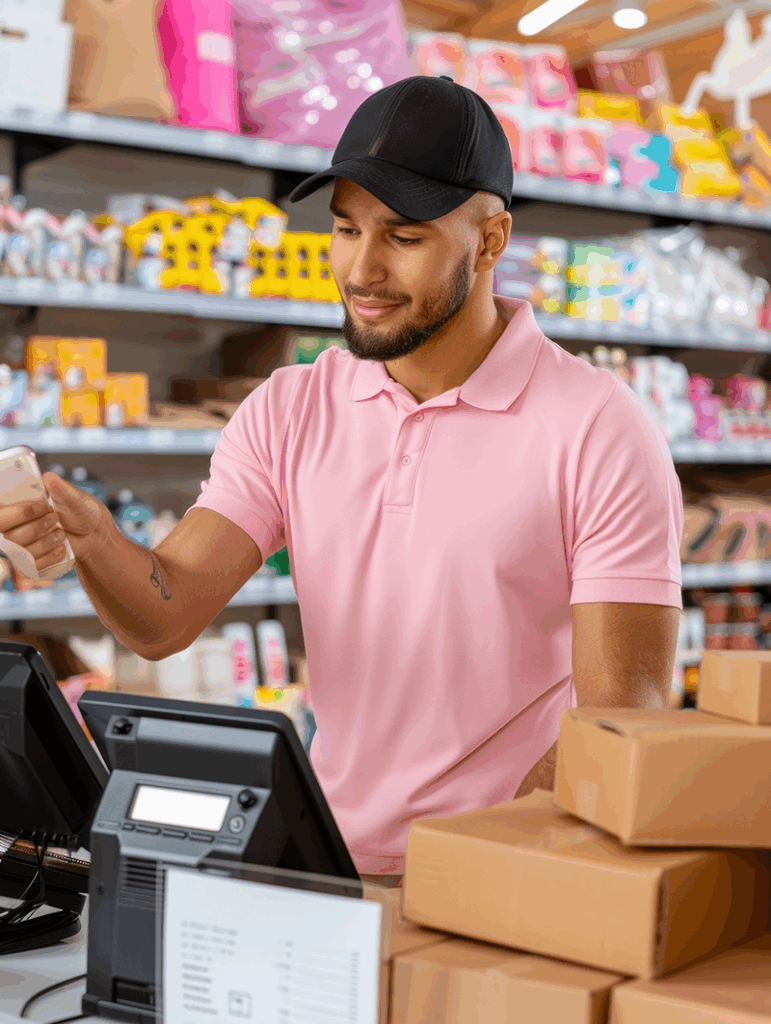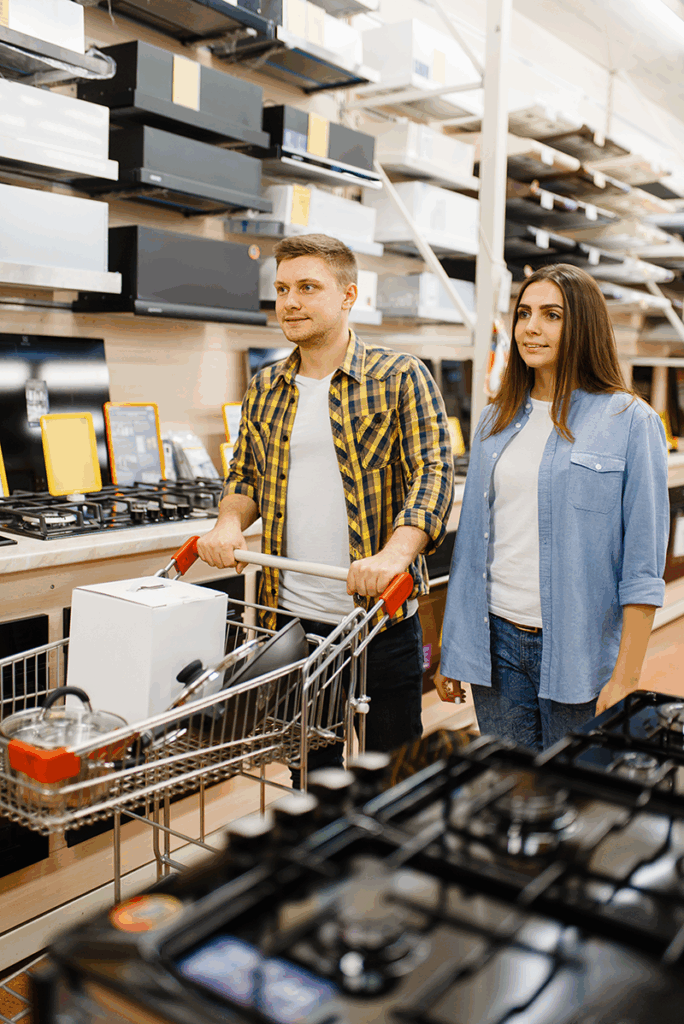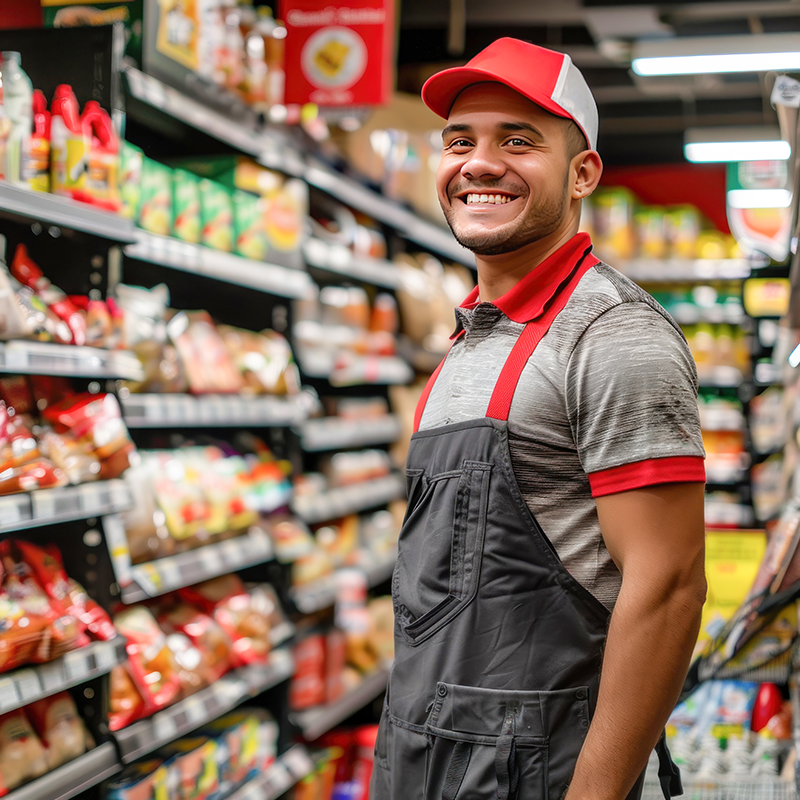
How smart cash management can enhance customer satisfaction and engagement
As the retail shopping experience continues to evolve alongside technology, retailers are assessing how to strike the ideal balance between convenience, efficiency, and customer interaction. Though self-checkout machines became increasingly commonplace during the COVID-19 pandemic, many customers now report preferring in-person checkout interactions with shop associates who can provide friendly support. On the other hand, retailers are navigating a widespread labor shortage which has, in many ways, made self-checkout machines a fiscal solution. As business owners and managers consider what cash management strategies can be implemented to minimize cash loss, reduce labor costs, and ensure cash count accuracy, the question remains: is there a way to reduce cash management costs while improving customer satisfaction?
According to the European Central Bank, cash is the most frequently used payment at the point of sale (POS) and is used across 59% of transactions in
Europe.¹ As a result, reliable and efficient cash management is critical for European retailers. There are a variety of options on the market, including cash
recyclers, self-checkout kiosks, regular cash drawers, and cash management solutions with built-in intelligence. Retailers are looking for the silver bullet
that combines efficient cash management technology with a reinvigorated commitment to customer interactions. To find the system best suited for your
clientele and transaction needs, assess critical factors such as cost, installation, maintenance, training requirements, and energy consumption. Your choice
can influence operational efficiency, customer satisfaction, and financial viability for years to come.

Enter The Evolving Retail Landscape
Self-checkouts were introduced in the late ‘80s to reduce overall labor expenses and help companies adapt to a smaller, more skilled labor pool; throughout
the early 2000s, the trend popularized to help stores further cut costs.² According to Sylvain Charlebois, director of the Agri-Food Analytics Lab at Dalhousie
University in Nova Scotia, self-checkouts have always centered around saving money for retailers rather than improving the customer experience.² In fact, customer loyalty often stems from the opposite of self-checkout: thoughtful, interpersonal interactions that create trust and goodwill. However, during the COVID-19 pandemic, customers sought safe, non-contact checkout options, and retailers invested heavily in self-checkout kiosks to accommodate this. Post COVID-19, customers are seeking a return to traditional cashier staffed checkouts, or at least the option.

Self-checkout technologies come with inherent challenges, including high installation, maintenance, and energy costs. Beyond that, these kiosks
routinely produce barcode misreads and malfunctions that frustrate customers and must be resolved by attendants. Self-checkout has led to increased
theft that contributes to retail shrink. According to the National Retail Federation, this resulted in retail losses of $112 billion in 2022.³ Due to these difficulties, the U.K.’s Booths supermarket chain has opted to pull self-checkouts from the majority of stores to improve the customer experience.⁴ According to a
Booths’ spokesperson, “We believe colleagues serving customers delivers a better customer experience and therefore we have [made] the decision to remove self-checkouts in a majority of stores. We have based this not only on what we feel is the right thing to do but on feedback from our customers.
The Booths decision may trigger a cycle of self-checkout removals like those that occurred previously when Big Y, Costco, and Albertsons in the U.S., and Morrisons in the U.K., opted to remove self-checkouts. Recently, Walmart removed self-checkout kiosks at three stores in Albuquerque, New Mexico as it pivots to a location-by-location approach.⁵ Though self-checkout
is likely here to stay in some capacity, retailers are exploring how to implement POS technology alongside customer-to-associate interactions to improve the customer experience. Alternatives to self-checkouts can help accelerate transactions and shorten line queues without eliminating direct customer engagement. In fact, a well-engineered cash management solution improves all components of the checkout experience by helping employees feel more supported and ensuring that satisfied customers continue to shop in your store.
That said, identifying the appropriate alternative to self-checkout requires strategic assessment. Consider, for example, cash recyclers, which accept coins and bills that users can insert into a slot. Recyclers count the cash, dispense the change, and store and recycle cash for future transactions. Though they provide a contactless cash management option for customers who prefer
it, they have high installation, maintenance, and energy costs. The machines accept bills one by one and often reject bills and/or coins, which can lead to delayed transactions. Furthermore, the recyclers are prone to breakdowns that necessitate repairs and close checkout lines.

A Hybrid Solution: smarttill® by apg
smarttill is apg’s intelligent cash management solution designed to help retailers balance efficiency and customer experience throughout checkout. It is a cash
management device that leverages a cash drawer design and provides simple installation, ease of use, and affordability for retailers. Beyond that, smarttill
offers advanced cash handling capabilities. smarttill leverages standard cash drawer dimensions to use during traditional cashier-led POS interactions while
boasting built-in intelligence that integrates with a retailer’s back-office cash management software, and/or apg’s cloud-based cash management application known as CurrentSee®.
smarttill counts the cash inside the drawer automatically during every transaction while its software captures every cash movement. Within 1.5 seconds, smarttill calculates a new total cash value and records the cashier number, transaction number, date, and time. Information is collected without affecting the transaction time or interrupting it. The system provides real-time visibility for all cash movements, making it easy to rapidly identify discrepancies. If a customer dispute should arise, this record can be referenced. Similarly, if a discrepancy occurs at the POS, the software flags the error, issues an alert, and enables a manager to quickly address it. The ability to flag errors and reduce cash handling allows smarttill to reduce cash loss at the till by up to 90%. Overall, smarttill addresses major goals for retailers:
- Decreases labor associated with cash management by 40%
- Frees up employees to focus on customer service and operational efficiency
- Reduces cash losses and overall shrink
- Provides cash management at a more affordable
price - Lowers installation, maintenance, and energy expenses
- Integrates with Android, iOS, and Windows POS
systems
With online reporting and data analytics, smarttill in conjunction with CurrentSee also helps to track employee accountability and mitigate theft. Since smarttill provides accounting in real time, retailers are able to lower their cash management costs and save employee time on cash counts before or after shifts. In the majority of cases, retailers see a return on investment within as little as 12 months. While highly efficient and tech-assisted, smarttill ensures that customers are able to maintain human interaction with cashiers while making their purchases.


Managing cash at the POS can be a time-consuming and costly process for any retail environment. smarttill® is a revolution in cash management, enabling retailers to eradicate cash losses, reduce the cost of laborious cash handling, and improve in-store customer service and experience.


